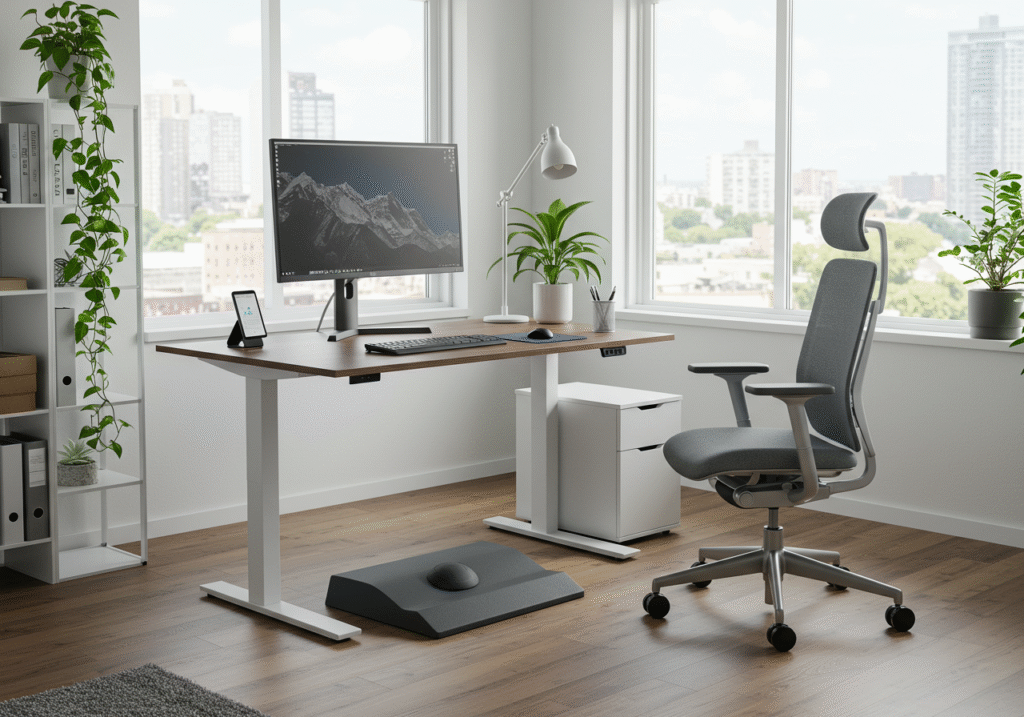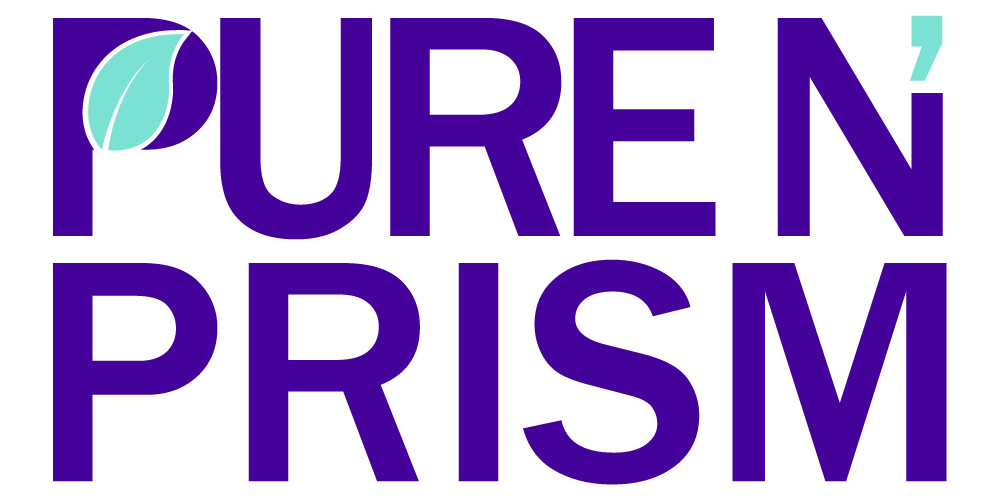Meta Description: Discover how Corporate Wellness 2.0 transforms workplace health with preventative care, mental wellness programs, and innovative employee benefits that boost productivity and wellbeing.
Remember when corporate wellness meant a dusty treadmill in the basement break room and an annual health fair with stale donuts? Yeah, those days are long gone. I was chatting with my friend Sarah last week—she’s an HR director at a tech company—and she told me something that completely blew my mind. Her company now offers everything from on-site massage therapists to personalized nutrition coaching, and here’s the kicker: their healthcare costs have actually decreased by 23% over the past two years.
Welcome to Corporate Wellness 2.0, where forward-thinking companies aren’t just checking boxes—they’re revolutionizing how we think about preventative health in the workplace. Today’s corporate wellness programs are sophisticated, data-driven, and refreshingly human-centered. Let’s dive into how these game-changing initiatives are reshaping the modern workplace and why your company might be missing out on a golden opportunity.
The Shift from Reactive to Proactive Health Management
Gone are the days when workplace wellness meant waiting for employees to get sick and then scrambling to manage the fallout. Companies are now allocating approximately $275 per employee on wellness programs in 2024, with nearly 85% of large US employers offering comprehensive wellness initiatives. But what’s driving this massive investment?
The answer lies in the numbers. Companies are integrating health screenings, biometric assessments, and personalized risk evaluations to enhance employee well-being and productivity. This proactive approach isn’t just feel-good corporate speak—it’s smart business. When employees catch health issues early through preventative screenings, companies save thousands in long-term healthcare costs while keeping their workforce healthier and more engaged.
I’ve seen this transformation firsthand. My cousin works for a manufacturing company that introduced comprehensive health screenings last year. They caught her pre-diabetes during a routine biometric assessment, and now she’s managing it through their company-sponsored nutrition program. Not only is she healthier, but the company avoided what could’ve been significant medical expenses down the road.

Mental Health Takes Center Stage
Here’s where things get really interesting. Wellness program providers are prioritizing mental health and stress management in 2025, as recent data underscores the need to provide resources that improve employee mental wellbeing. And honestly, it’s about time.
The pandemic didn’t just change where we work—it fundamentally shifted how we think about workplace mental health. Companies are no longer treating stress and anxiety as personal problems employees should handle on their own time. Instead, they’re investing in comprehensive mental health support systems that include everything from on-site counselors to meditation apps and stress management workshops.
What’s particularly exciting is how creative companies are getting with their approaches. Some are offering “mental health days” separate from regular PTO, while others have created quiet spaces specifically designed for decompression and mindfulness. One company I read about actually installed a massage chair in their break room alongside a sign that says “15-minute stress relief—doctor’s orders!”
Speaking of stress relief, I’ve been absolutely loving the GAIAM Restore Compact Foot Massager from Amazon for those long workdays. It fits perfectly under my desk, and those 10-minute massage sessions between meetings have been a game-changer for my overall stress levels.

Technology Meets Personalization
The tech integration in today’s wellness programs is honestly mind-blowing. We’re talking about AI-powered health assessments, wearable device integrations, and personalized wellness dashboards that make your fitness tracker look like a toy from the 90s.
The shift toward preventive medicine and health technology, including telemedicine and digital-health monitoring, is driving demand for innovative wellness solutions. Companies are partnering with health tech companies to provide employees with comprehensive digital health platforms that track everything from sleep patterns to nutrition goals.
But here’s what I love most about this tech revolution—it’s not replacing human connection; it’s enhancing it. These platforms help wellness coordinators identify employees who might need extra support and connect them with appropriate resources. It’s like having a personal health concierge, but for your entire workforce.
The data insights these programs provide are incredible too. Companies can identify trends like increased stress levels during certain projects or seasonal patterns in employee wellness needs. This information helps them proactively adjust workloads, offer targeted support, or even redesign office spaces to better support employee health.
The Rise of Holistic Wellness Approaches
This is where Corporate Wellness 2.0 really shines—the recognition that employee wellness isn’t just about physical health. Companies are addressing holistic employee well-being with new priorities around obesity management, menopause support, and healthy aging initiatives.
Progressive companies are expanding their wellness programs to include financial wellness counseling, family support services, and even pet-friendly policies (because let’s be honest, pet stress is people stress). They’re acknowledging that an employee worried about their finances or dealing with eldercare responsibilities can’t fully focus on their work or their health.
I recently heard about a company that offers on-site childcare during flu season so parents don’t have to choose between caring for sick kids and meeting work deadlines. That’s the kind of holistic thinking that sets Corporate Wellness 2.0 apart from traditional approaches.
The ergonomic revolution is part of this holistic approach too. Companies are investing in proper workstation setups because they’ve realized that preventing repetitive strain injuries and back problems is far more cost-effective than treating them later. The HUANUO Monitor Stand Riser from Amazon has been a lifesaver for my neck and posture—it’s amazing how such a simple adjustment can make such a huge difference in daily comfort.

Strength Training and Physical Wellness Innovation
One trend that’s really caught my attention is the focus on strength training in corporate wellness programs. Strength training is emerging as the wellness trend of 2025, as it’s not just about building muscle but boosting overall health, supporting mental resilience, and reducing injury risk.
Companies are setting up on-site fitness facilities with a focus on functional strength training rather than just cardio equipment. They’re bringing in personal trainers who specialize in workplace wellness and offering strength training classes specifically designed for office workers who spend most of their day sitting.
The beauty of this approach is its accessibility. You don’t need to be a fitness enthusiast to benefit from basic strength training exercises that improve posture, reduce back pain, and boost energy levels. Some companies are even incorporating brief strength breaks into the workday—imagine doing desk-based exercises during those afternoon energy slumps instead of reaching for another cup of coffee.

Measuring Success: The ROI of Preventative Health
Let’s talk numbers because that’s what really gets executives on board with these programs. The corporate wellness market is expected to reach $94.6 billion by 2026, and companies aren’t investing that kind of money without seeing returns.
The ROI metrics are impressive: reduced healthcare costs, decreased absenteeism, lower turnover rates, and increased productivity. But the benefits go beyond what you can measure in a spreadsheet. Companies with comprehensive wellness programs report higher employee satisfaction scores, better recruitment success, and improved company culture.
What’s particularly interesting is how these programs are becoming competitive advantages in talent acquisition. Job seekers—especially younger ones—are actively looking for employers who prioritize employee wellness. It’s become as important as salary and vacation time in many hiring decisions.
The Future of Workplace Wellness
Looking ahead, the trends point toward even more personalized, technology-driven, and holistic approaches to employee wellness. We’re likely to see increased integration of AI for predictive health analytics, more sophisticated mental health support systems, and wellness programs that extend to employees’ families and communities.
The key is finding the right balance between technology and human touch, between company-wide initiatives and personalized care. The most successful Corporate Wellness 2.0 programs are those that treat employees as whole people with complex lives, not just workers who need to stay healthy enough to be productive.

Taking Action: Your Next Steps
If you’re inspired to explore these wellness trends yourself, start small but think big. Whether you’re an employee advocating for better wellness programs at your company or a business leader looking to implement these changes, remember that the most effective wellness initiatives are those that address real employee needs and challenges.
For individuals, consider investing in ergonomic improvements for your workspace—something as simple as the Everlasting Comfort Seat Cushion from Amazon can make a significant difference in your daily comfort and long-term spinal health during those long work sessions.
The Corporate Wellness 2.0 revolution isn’t just changing how companies operate—it’s changing how we think about the relationship between work and wellbeing. And honestly? It’s about time. When companies invest in preventing health problems rather than just managing them, everyone wins: employees, employers, and society as a whole.
Ready to join the wellness revolution? Start by identifying one area where you could improve your own workplace wellness, and then advocate for those changes. Your future self (and your back, and your stress levels, and your overall happiness) will thank you.
What wellness initiatives would you love to see at your workplace? Share your thoughts in the comments below, and don’t forget to bookmark this post for future reference as you navigate the exciting world of Corporate Wellness 2.0!









